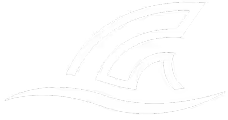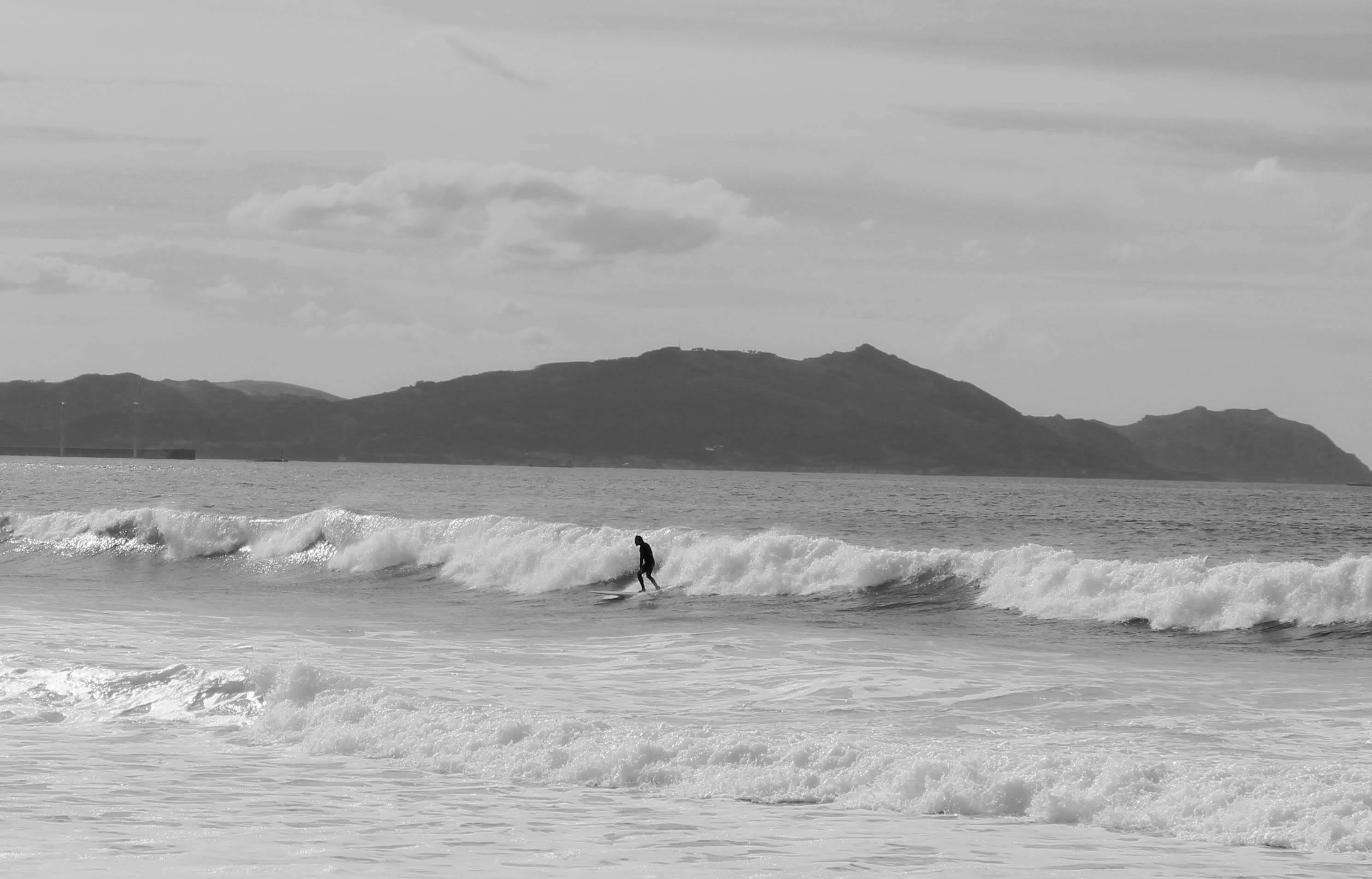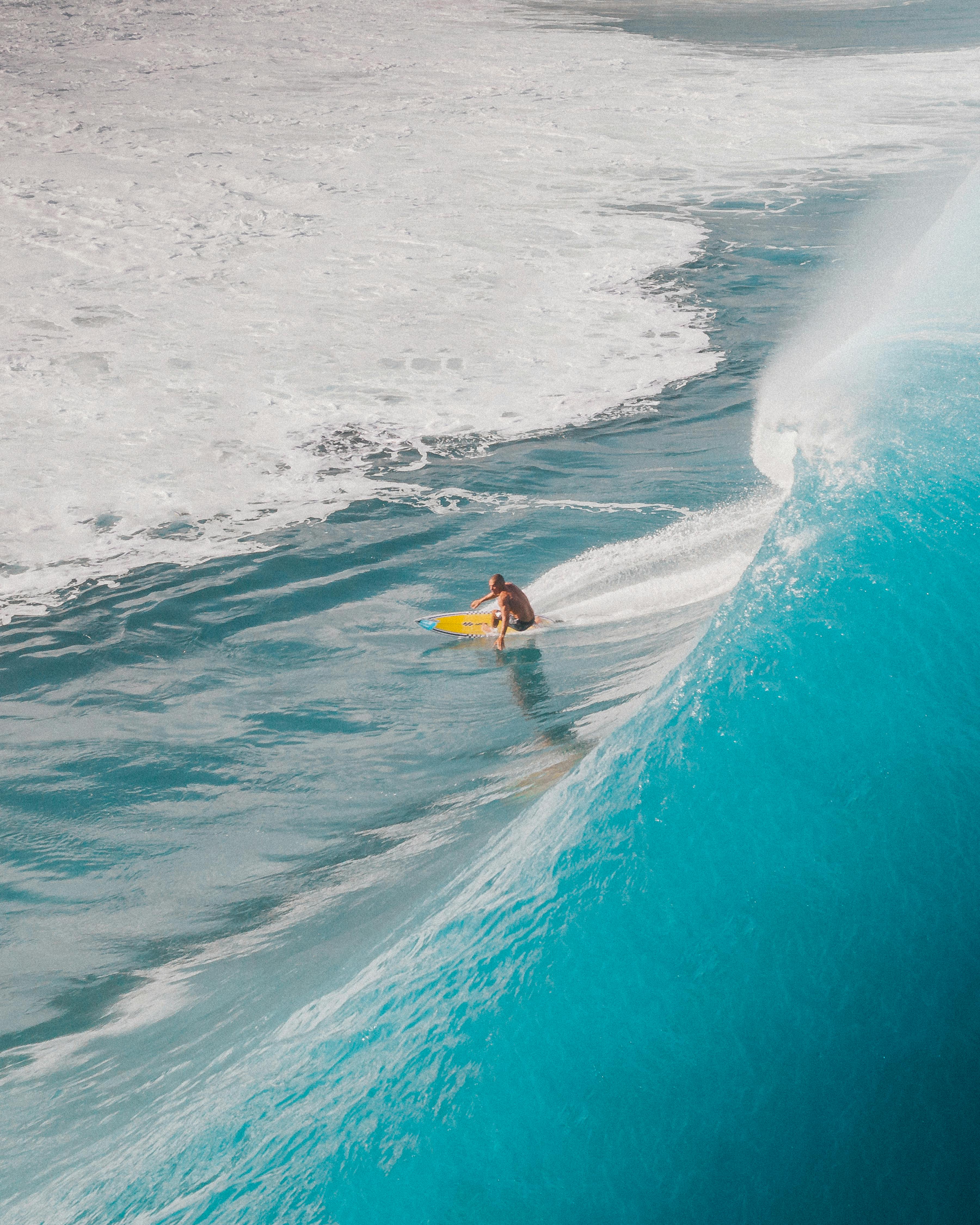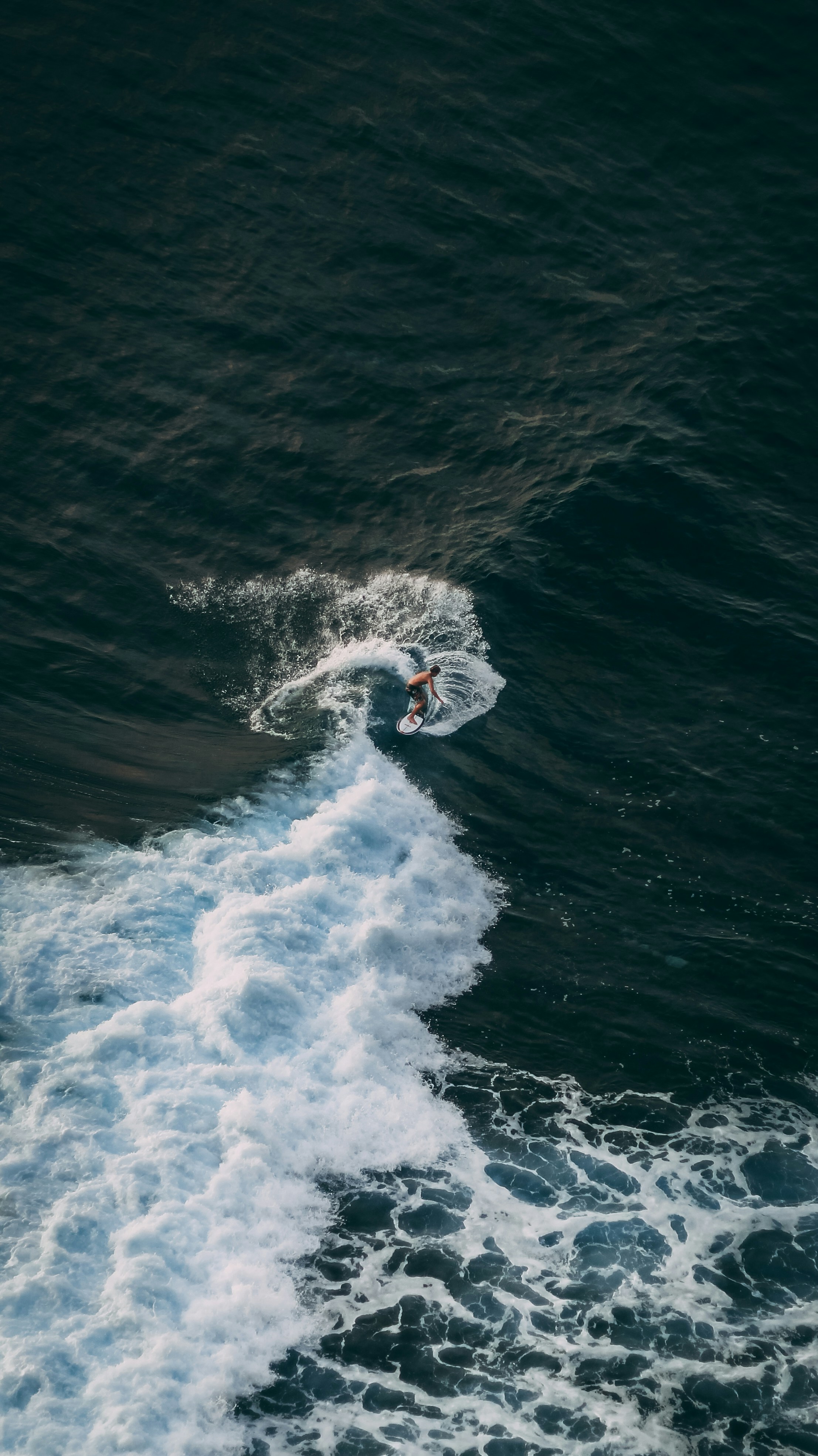Why Small Waves Might Be the Best Surfing Teacher You’ll Ever Have
Small waves get a bad rap.
They’re slow. They lack power. And most surfers use them as an excuse to underperform.
But when you learn to read and surf them well, they reveal every weakness – and every opportunity.
Here’s how to make the most of gutless surf – and why it might be the key to unlocking your technique.
1. Frantic Doesn’t Equal Fast
When the waves are small, most surfers:
– Splash hard
– Over-paddle
– Race down the line in panic
The result? Missed sections, flat turns, and exhaustion.
What works instead:
– Smooth glides into takeoff
– Slower pop-ups
– Relaxed body tension
– Reading the wave instead of reacting to it
Watch any good surfer in tiny conditions – they’re calm. Controlled. Confident. That’s not luck. It’s deliberate.
2. Speed Comes From the Pocket – Not the Flats
Small waves don’t have power everywhere.
If you surf out on the shoulder or mid-face, you lose flow.
The fix:
– Drop to the bottom
– Let the wave draw you up
– Stay connected to the curve
Like skating a bowl – if you don’t ride the walls, you don’t move.
3. Rail Beats Twitch
Loose, short boards feel fun – but often encourage bad habits in weak surf:
– Flat surfing
– Over-rotation
– No drive off the bottom
Better choice? Something that lets you:
– Hold rail
– Stay in trim
– Match your body’s rhythm to the wave
Don’t sacrifice connection for twitchy flicks that don’t actually project.
4. Angle Your Takeoff – But Don’t Skip the Drop
Paddling straight across a small wave skips the drop and kills your momentum.
You want:
– Nose toward the beach
– A proper bottom turn
– A setup that feeds into the next section
No drop = no drive. No drive = no turns.
5. Technique Still Matters
You can’t fake technique in weak waves.
If you’re stiff, unbalanced, or mistiming turns, the wave won’t hide it – it’ll punish it.
Use small days to:
– Focus on clean movement
– Refine timing
– Surf top-to-bottom, not out-to-the-flats
The better you get here, the more dominant you’ll be when it’s pumping.
How TRAX Helps You Surf Small Waves Smarter
TRAX shows:
– Whether you’re connecting turns – or running to the shoulder
– If you’re staying in the pocket
– How your rail engagement and body compression change on weak sections
Small waves can’t hide bad habits. TRAX makes sure you catch them, correct them, and come out sharper for it.
Related Reading:
→ Why Surfing Rail to Rail Feels Better – and Works Better — Flat surfing kills flow – here’s the fix
→ Frustrated With Your Surfing? That’s Where Progress Starts — Small waves reveal the mental patterns holding you back
→ What You Think You’re Doing – and What You’re Actually Doing — Even your best wave might not look how it felt








